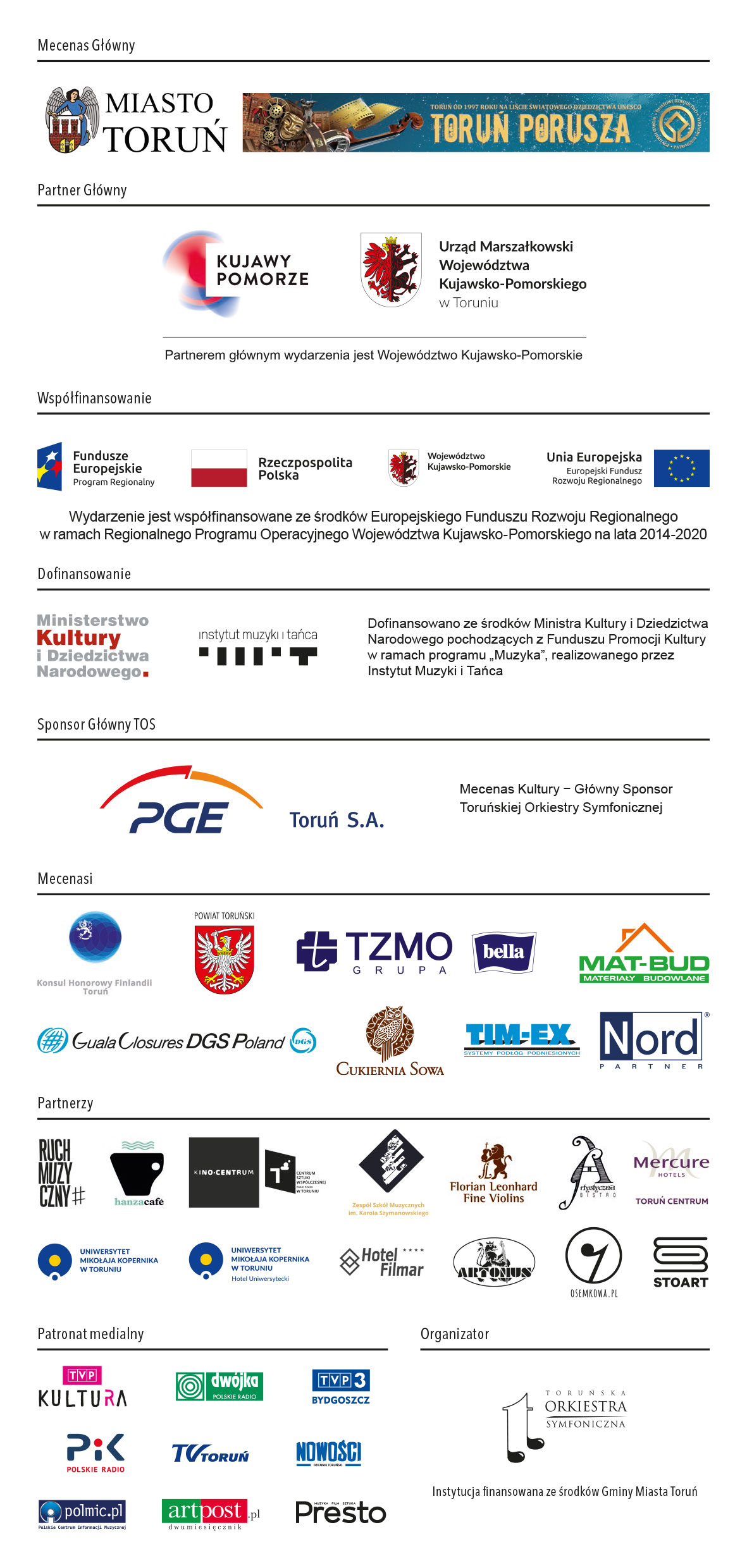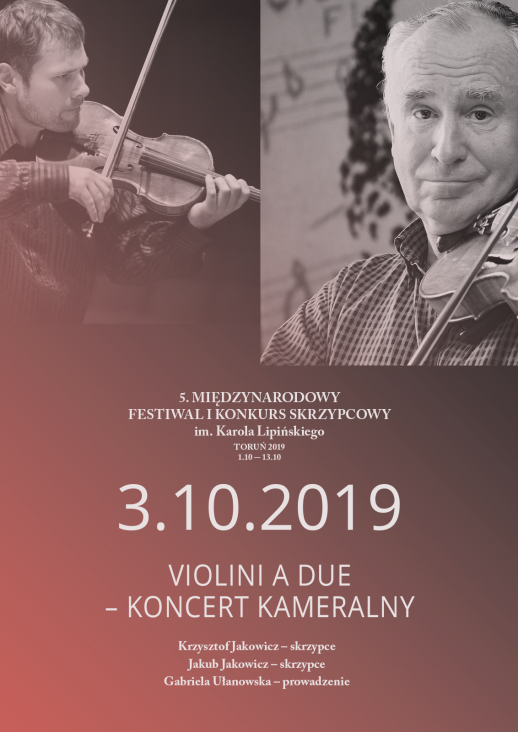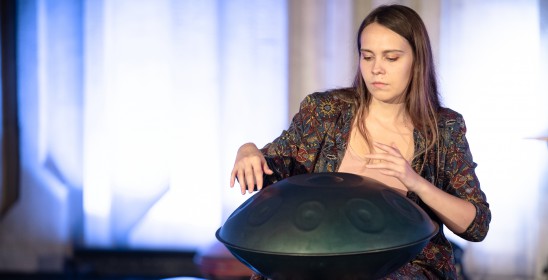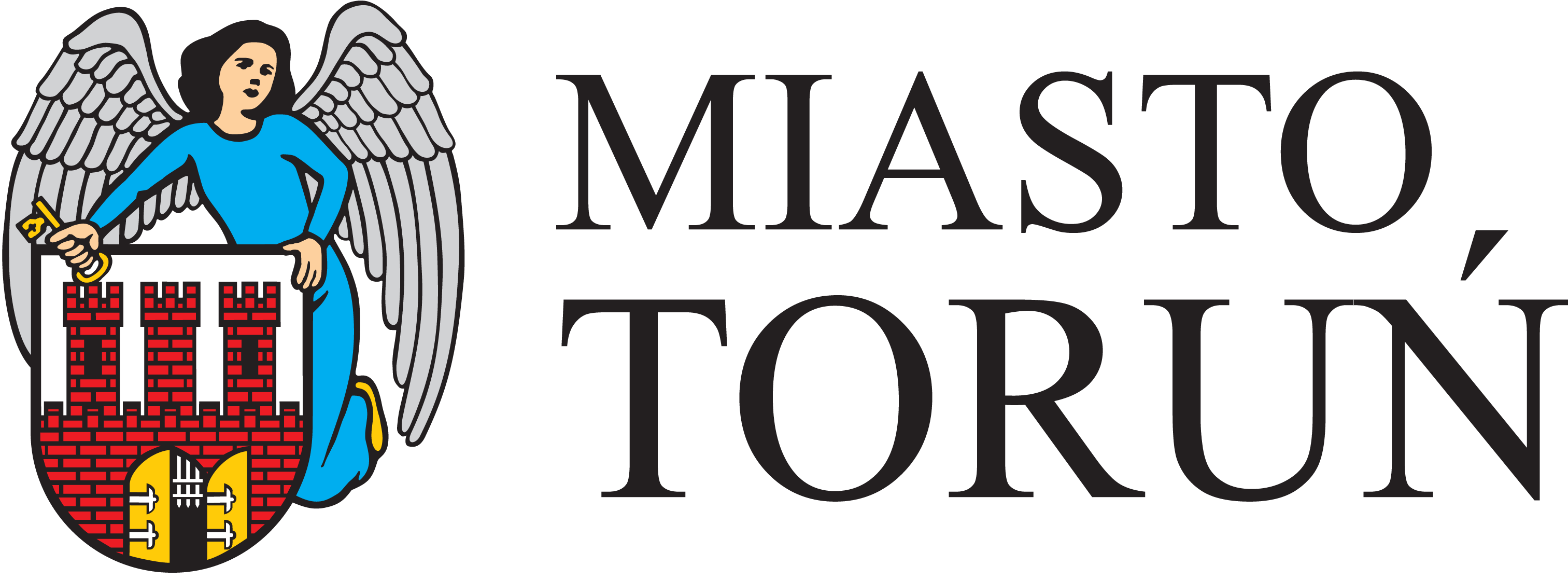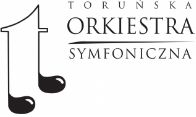VIOLINI A DUE - Chamber music concert
Krzysztof Jakowicz and Jakub Jakowicz will take us on a musical journey into the past. As for the Baroque, the recital will include a piece by Antonio Vivaldi (1678–1742): Sonata in F major, RV 70 for two violins comprising the following movements: Allegro – Andante – Allegro. Vivaldi, known also as ‘the Red Priest’, composed more than twenty sonatas for two violins and basso continuo, which imitate the concert form and consist of only three parts that make up sonate da chiesa (church sonatas). The sonata resembles Vivaldi’s double concertos owing not only to its structure, but also to the virtuoso parts for both violins.
Honorary Patronage of the President of the Republic of Poland Andrzej Duda under the 5th International
Karol Lipiński Violin Festival and Competition
Artists:
Krzysztof Jakowicz - violin
Jakub Jakowicz – violin
Gabriela Ułanowska - introduction
Programme:
A. Vivaldi - Sonata na dwoje skrzypiec F-dur RV 70
A. Tansman - Sonata na dwoje skrzypiec
B. Bartók - 9 Duetów z cyklu 44 Duety na dwoje skrzypiec Sz. 98
H. Wieniawski - 3 Kaprysy na dwoje skrzypiec op.18
From the nineteenth century, we will hear Three Caprices for two violins Op. 18 (No. 1 in G minor, No. 7 in C minor and No. 4 in A minor) by Henryk Wieniawski (1835–1880). On account of their role in musical education, it is exceedingly rare that they are accorded their well-deserved place and played during concerts. The caprices chosen by Krzysztof and Jakub Jakowicz are among Wieniawski’s most popular works. In terms of technical complications and virtuosity, they are not inferior to the caprices for solo violin from Op. 10. The virtuoso and accompaniment parts pass several times from one violin to another in each of the caprices. Wieniawski wrote the works included in Op. 18 in 1862 as a professor of violin and chamber music at the newly established St. Petersburg Conservatory.
Twentieth-century music will be represented by Nine Duos from the Forty-four Duos for Two Violins by Béla Bartók (1881–1945) and the Sonata for Two Violins by Alexandre Tansman (1897–1986). In 1931, Professor Erich Doflein, the future author of the ‘School of Violin’ (a textbook for playing the instrument), asked Bartók to write several simple compositions for two violins. The result was forty-four miniatures based on Hungarian, Slovak, Romanian, Ukrainian, Serbian and Arabic folk melodies. Arranged according to the degree of difficulty, they give ample room for various techniques of playing. The first voice in these duets is usually based on folk music, while the other, chromatic and dissonant, introduces tensions in tonality.
Tansman composed his Sonata for Two Violins in Paris in December 1950. The piece was lost in the depths of the composer’s desk for a long time. The manuscript was not found until after his death when his notes were put in order. The score was published in 1990 by Max Eschig. The Sonata, which lasts about 12 minutes, consists of the energetic, spontaneous Allegro con moto, the graceful Lento cantabile, the exhilarating Scherzo: Vivo, the dignified Aria: Largo and the energetic, lively finale.
Karol Lipiński (1790–1861), just as Fryderyk Chopin, Ferenc Liszt and other composers of the nineteenth century, was fascinated by opera music. This adoration was not only in keeping with the fashions of the day, but also resulted from the functions that Lipiński held in his professional life. Despite his very young age, he was appointed concertmaster at the Lviv Opera, which proved to be a greatly formative period of his artistic personality, as can be seen in the bel canto overtones noticeable in his later works. For twenty-two years he was also the first concertmaster of one of Europe’s best orchestras of the time, the Königliche musikalische Kapelle at the court of King Friedrich August II of Saxony in Dresden, which is also one of the oldest German opera orchestras. It was in Dresden that Lipiński met Richard Wagner. These experiences with opera enthused Lipiński’s performances with a melodious air, and are also discernible in his musical themes that have a proven record of being an inexhaustible source of inspiration. Among the opera hits that resound in Karol Lipiński’s music are the Variations Op. 11 on the theme of Gioacchino Rossini’s opera ‘Cinderella’ and Fantasia Op. 33 on the theme of Jan Stefani’s opera ‘The Supposed Miracle, or the Cracovians and the Highlanders’..
